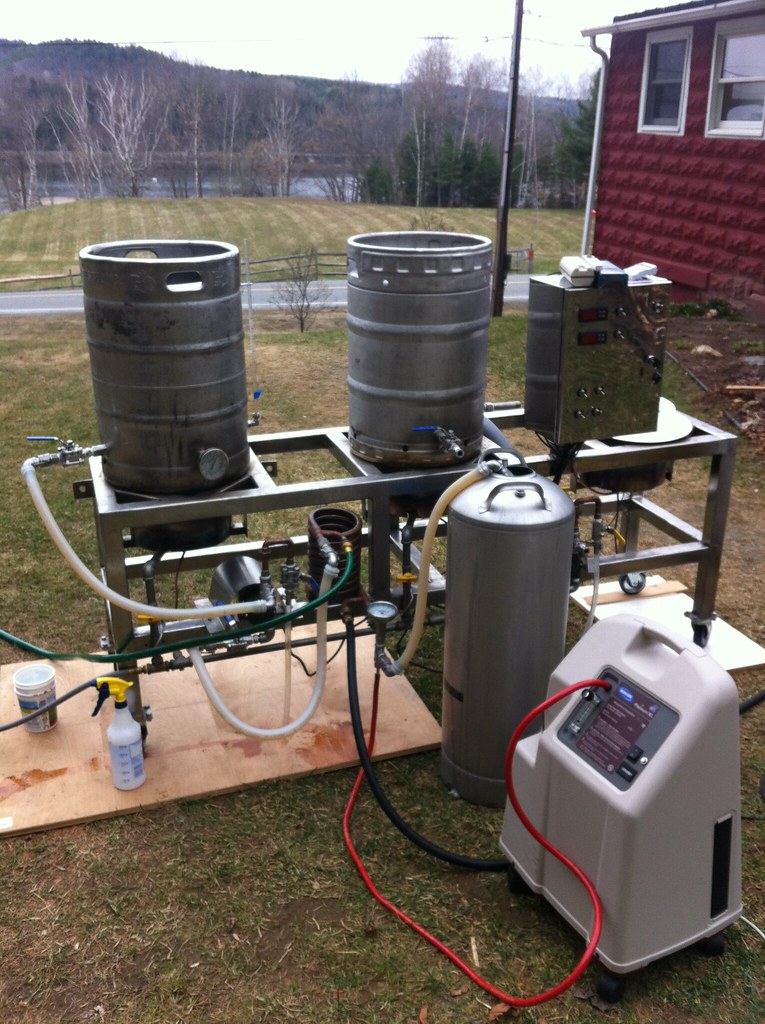Hey guys. I use a 15.5 G corny for my ferments and have been transferring wort via 1/2'' silicone tubing, hooking the QD on the corny and letting the wort drop into the fermenter (photo below).
I just read that wort only has so much foaming capability and that a brewer should limit foaming throughout the brewing process. Well, the above process produces a lot of foam.
So, is there anyone who ferments in a corny who has a method of limiting the foaming with transfers?
I'd consider rigging something to the dip tube, but I'm concerned that there would be too much constriction.
Suppose an option would be to cut a long enough piece of tubing to run from the chiller to the bottom of the fermenter - but I'm not too keen on all that tubing kicking it in the wort.
Cheers!!






